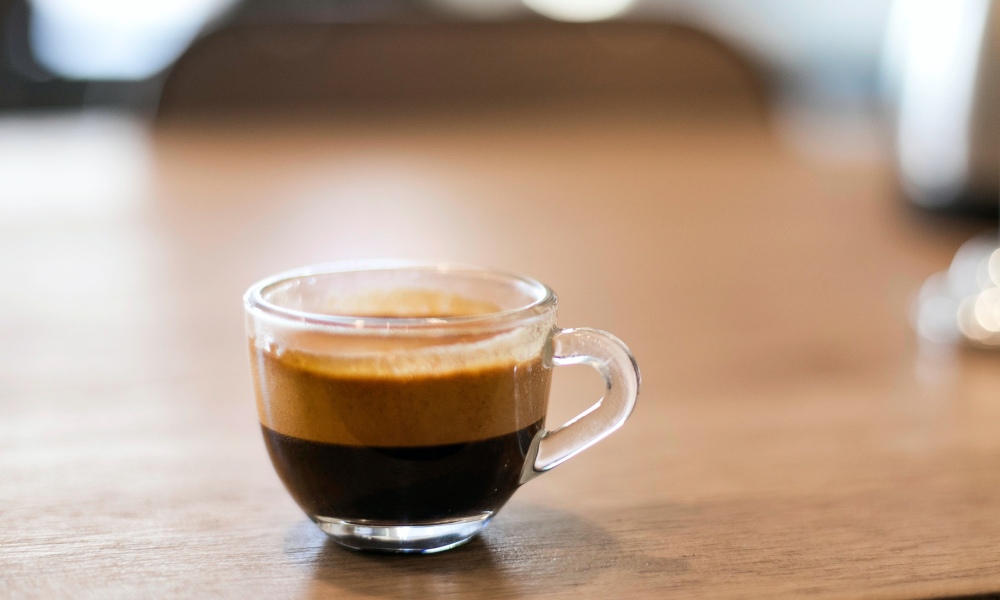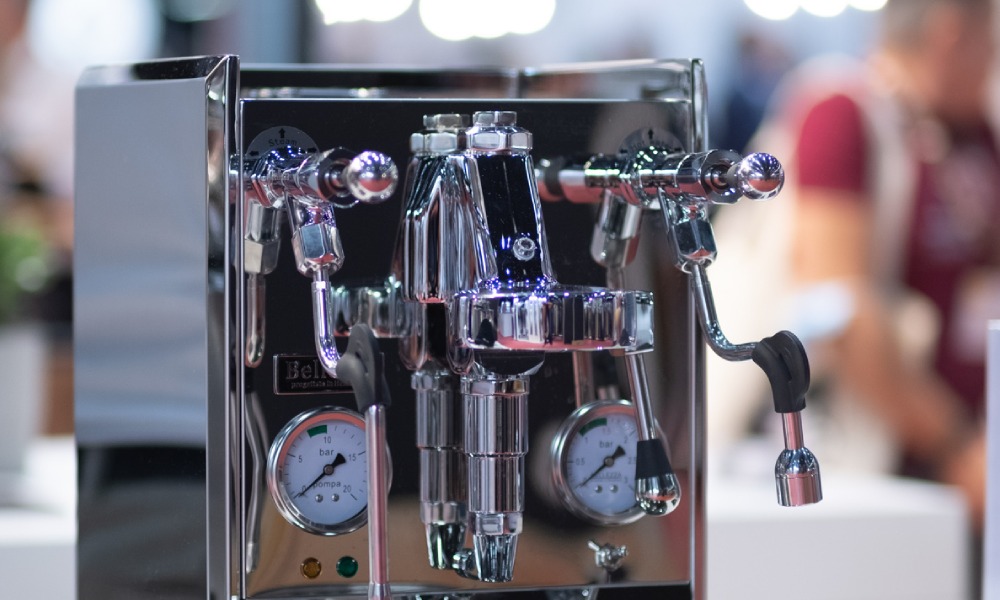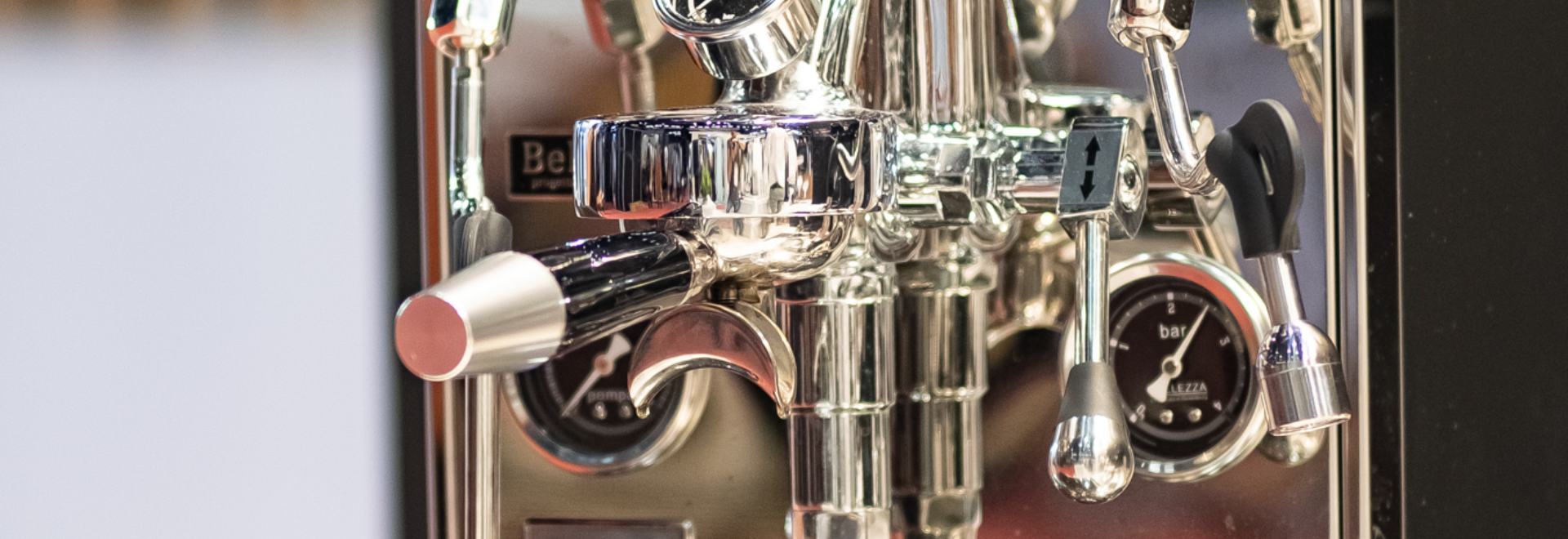Can flow profiling espresso machines produce a better cup of coffee?
Tanya Nanetti speaks with coffee consultant and barista trainer Esther-Hope Gibbs about how controlling the flow rate on espresso machines can elevate the home barista experience.
A good cup of coffee is all about nuances – the subtle characteristics that reveal where it was grown, how it was processed, and the way in which it was roasted.
Extraction, therefore, should bring out the full extent of these nuances and let them shine in the cup. More specifically, it should create a complex balance of acidity, sweetness, and body, while highlighting the coffee’s terroir.
However, while this can be achieved relatively easily in cafés with the use of professional espresso machines, home baristas have often struggled to unlock the full potential of their coffees. This is because, until recently, domestic espresso machines lacked a key feature: the ability to control the flow rate of water through coffee.
“Flow control is essentially about controlling the rate of water during pre-infusion and extraction,” says coffee consultant Esther-Hope Gibbs. “It allows for the manipulation of extraction to highlight the complexities of the coffee.”
With pour-over equipment, such as a V60 or Chemex, it is possible to accurately manipulate and control flow with the use of the ubiquitous “gooseneck” kettle – a kettle with a long, narrow spout.
“How you pour water over coffee can affect the irrigation of the grounds and how the water passes through the coffee, affecting the extraction process and the flavour of your cup,” Esther explains. “That’s why we love to use gooseneck kettles rather than the standard kitchen kettle.”
But when it comes to preparing espresso, not all domestic machines are equipped with the ability to alter flow. Many are set at a standard rate of around 6.5-7g/s (grams of water per second). This means that other variables, such as grind size and brew temperature, must be adjusted to match the flow rate.
Now, flow profiling espresso machines have begun to enter the market, allowing home baristas to control the volume and speed of water at all stages of extraction. But can flow control alone produce a better cup of coffee?

How does flow rate affect espresso?
Any number of variables can affect an espresso shot, from the mineral content of the water to the distribution of the puck. How each variable influences and interacts with the others will, ultimately, determine the quality of the final cup.
Esther explains that controlling flow rate means users can adjust it according to a range of other factors, including pressure, grind size, roast profile, and water temperature and quality.
“For example, the hotter the water, the more energy there is to dissolve the compounds in the coffee,” she says. “Colder water, on the other hand, will extract less and, therefore, need a slower flow rate.
Similarly, if the total dissolved solids in the water are too low, it will struggle to dissolve the complex compounds in the coffee, as there is nothing for the coffee to “attach” to. But if the water is high in TDS, then there will be no room for the coffee to extract into the water – in which case, a slower flow rate and higher water temperature would be needed to give more time and energy for extraction.
However, it’s not simply a case of setting the flow rate and leaving it. Esther says that changing it during the course of the shot can also have an impact on the espresso’s final characteristics.
“A high – or fast – flow rate can be great for pre-infusion at the start of a brew to ensure all grounds are wet, because this will create even distribution and extraction.” she explains, “However if the whole brew is at a high flow rate, then it will lead to an extremely sour espresso.
“The coffee needs time and resistance for the water passing through in order to dissolve correctly and give a balanced espresso. If the water flow is too slow, we can find that it dissolves all the acidic compounds of the espresso and then extracts the bitter compounds in the coffee. But it continues to dissolve so many of the bitter compounds that it overpowers the acidity, and then all you can taste is bitterness.”

Is it essential for home baristas?
Flow profiling espresso machines, such as the Bellezza Vittoria, offer the ability to easily regulate how much water flows through the ground coffee. Once calibrated, they open the door to a wider range of recipes that can bring out different aspects of the coffee.
They also reduce the chances of “channelling” – a scenario in which the water finds a specific path through the puck instead of flowing evenly through the entire coffee bed.
In a café, this is essential for producing a consistent and repeatable cup of coffee. But is flow control really necessary for home baristas? Esther believes it is.
“Flow rate is very important in a high volume coffee shop for consistency of the coffee and espresso, but also for brewers at home,” she says.
“Why? To make sure that we have an even extraction in our coffee: the way the water flows through coffee can be the making or breaking of the brew, helping us to get the most balanced brew and maximise the potential of that coffee.
“Not only is this great for us to drink, but it shows respect for the roasters who carefully profiled that coffee to enhance those flavours, and the farmers and producers who spent years carefully cultivating those plants to give us their best product.”








